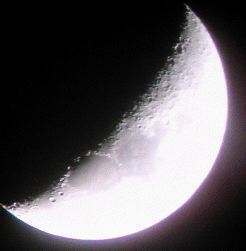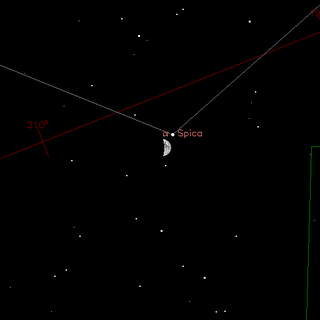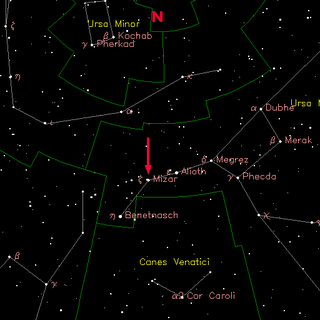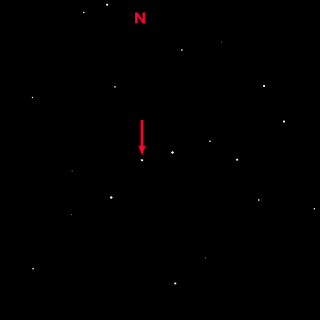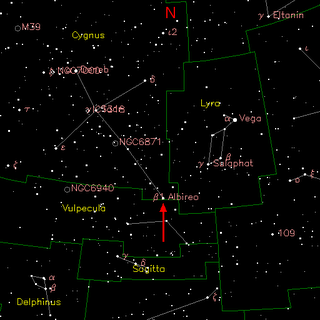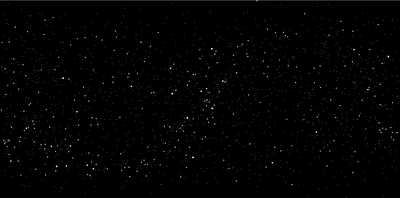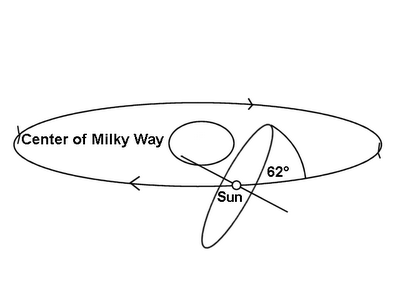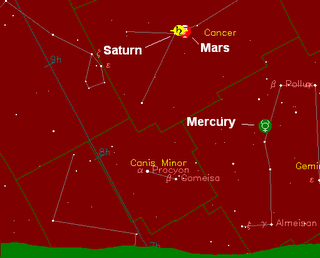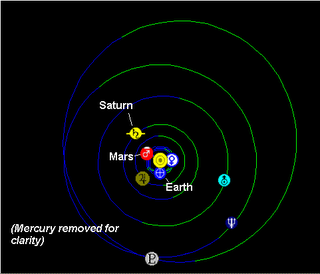I just returned form another successful thrift store run looking for used optics. Score this time was a pair of Sears 7 x 35 porro prism binoculars, as well as a much needed (and brand spanking new!) external USB floppy drive for my my iBook plus a Pickett N1010-ES slide rule (it's a geek thing, you wouldn't understand). Total for the entire haul - around $10 USD, the binoculars costing just $2.99 (the slide rule was $2 and the floppy drive $5... and did I mention it was new?). The quest for cheap optics might seem a little obsessive, but there is a good reason for it; optics are not cheap, and my vocation of sharing the stars with the masses requires that I have plenty of tools for the task at hand. Binoculars are wonderful for this, even if 7 x 35s are on the smallish size.
How much do I make off of Vagabonding? Nothing.
So, I spend with no hope for compensation. I have at last count eight usable telescopes plus the parts to make two more, and all of them are being setup for Vagabonding. Again, more out of pocket. And I'm not complaining... this is my mission, after all, my vocation and my gift to the world.
It might seem a Quixotic pursuit at times, and one that might even be fraught with serious problems. But this is my take on it; you get enough people to look up at the night sky, at the wonder that is Creation, and perhaps you can inspire them to think of grander things and see that humanity has infinite possibility. The night skies and the true depth of the universe can seem incredibly humbling, making us seem tiny in comparison (and, to be honest, we are). The universe, though, might be ours for the taking if we believe that we can reach those worlds, around our Sun and the countless others that circle stars nearby and distant.
I especially enjoy working with young people, children. Some of them are genuinely enthralled with the grandeur and the beauty of the cosmos. They have not been humbled down by life and for them the possibilities are truly endless. In his 1977 book "Illusions", writer Richard Bach has a character describe the human race as the "otters of the universe", that in reality we are all fun loving, adventurous beings. This is especially true of the young. For them, there is time and space enough for play and adventure, and for many the universe offers just that. Encouraging children to view the universe not as just some distant, inaccessible place but as a place where we live gives hope to humanity, that we can continue to thrive through adversity; ad astra per aspera.
I've often quoted this but it certainly bears repeating. Back in December of 2002, I attended the Connecticut Forum "Scientific Journey" in Hartford. One of the panelists was Edward O. Wilson, the noted naturalist. Towards the end of the forum, there was a question and answer session and the following was put to Dr. Wilson; "how long do you think the human race will last?"
With nary a pause, he responded "I think we'll last forever, or at least until the end of time."
That is a sentiment I share as well.
So, why do I do this? Because we have within us the ability to last as long as the universe itself, and maybe even beyond that. We have been endowed with that possibility. We should encourage it in each and everyone of us. Perhaps, if we look up long enough and dream of those distant pinpoints of light, we may begin longing to reach them.
How much do I make off of Vagabonding? Nothing.
So, I spend with no hope for compensation. I have at last count eight usable telescopes plus the parts to make two more, and all of them are being setup for Vagabonding. Again, more out of pocket. And I'm not complaining... this is my mission, after all, my vocation and my gift to the world.
It might seem a Quixotic pursuit at times, and one that might even be fraught with serious problems. But this is my take on it; you get enough people to look up at the night sky, at the wonder that is Creation, and perhaps you can inspire them to think of grander things and see that humanity has infinite possibility. The night skies and the true depth of the universe can seem incredibly humbling, making us seem tiny in comparison (and, to be honest, we are). The universe, though, might be ours for the taking if we believe that we can reach those worlds, around our Sun and the countless others that circle stars nearby and distant.
I especially enjoy working with young people, children. Some of them are genuinely enthralled with the grandeur and the beauty of the cosmos. They have not been humbled down by life and for them the possibilities are truly endless. In his 1977 book "Illusions", writer Richard Bach has a character describe the human race as the "otters of the universe", that in reality we are all fun loving, adventurous beings. This is especially true of the young. For them, there is time and space enough for play and adventure, and for many the universe offers just that. Encouraging children to view the universe not as just some distant, inaccessible place but as a place where we live gives hope to humanity, that we can continue to thrive through adversity; ad astra per aspera.
I've often quoted this but it certainly bears repeating. Back in December of 2002, I attended the Connecticut Forum "Scientific Journey" in Hartford. One of the panelists was Edward O. Wilson, the noted naturalist. Towards the end of the forum, there was a question and answer session and the following was put to Dr. Wilson; "how long do you think the human race will last?"
With nary a pause, he responded "I think we'll last forever, or at least until the end of time."
That is a sentiment I share as well.
So, why do I do this? Because we have within us the ability to last as long as the universe itself, and maybe even beyond that. We have been endowed with that possibility. We should encourage it in each and everyone of us. Perhaps, if we look up long enough and dream of those distant pinpoints of light, we may begin longing to reach them.















